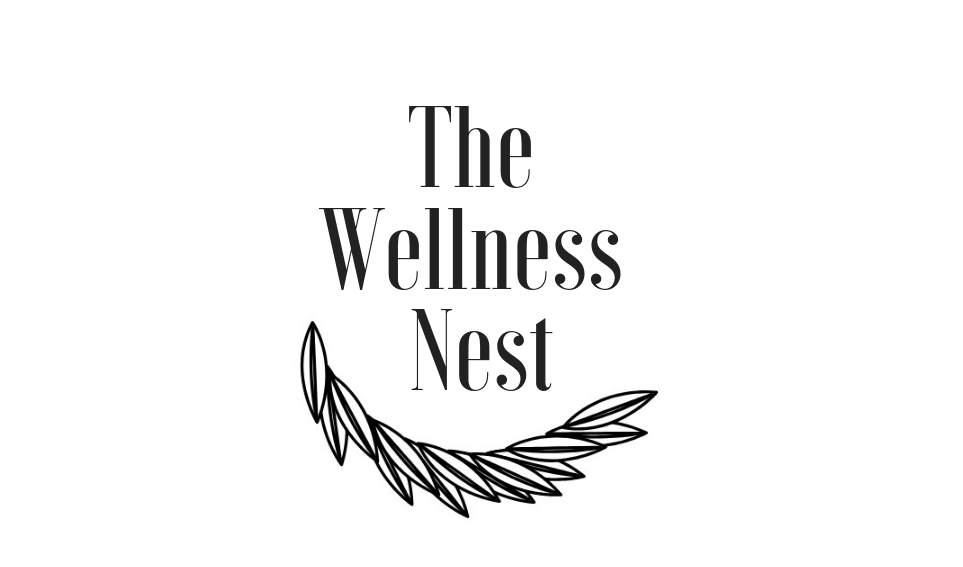When Should You See A Myotherapist?
Have you ever wondered when you should see a myotherapist? This is a question we answer all the time. So we thought we’d share the top 5 reasons why clients come to us, as well as how we can help with these reasons.
When to see a myotherapist
You’re in pain
This might seem a little obvious! But if you’re in pain that involves any muscles or joints, myotherapy can be helpful to relieve your symptoms.
Our clients will often come and see us for:
Back pain
Neck pain
Shoulder pain
Jaw pain
Nerve pain
Repetitive strain injury, or RSI
Headaches and migraines
However, many of our female clients seek our help for women’s health-related pain. This includes ovulation pain, menstrual cramps and pregnancy aches and pains.
You’re under a lot of stress and pressure
Mental stress can have a massive impact on physical health. But by soothing the physical symptoms, you can also relieve some of the mental strain.
When under stress, the muscles and joints tend to suffer first, as we often clench muscles. This is even more of a problem if your stress is related to long work hours, studying for exams or other situations where you are in the same position for hours at a time.
The good news is that massage and myotherapy techniques can help to relieve the muscles that are tight due to high levels of stress. Massage can also boost your feel-good brain chemicals and reduce stress hormones. So a myotherapy treatment can have a direct effect on your stress levels!
You need to rehabilitate a current injury
Myotherapy is a great option for rehabilitating current injuries. There are a few reasons why:
Treatment can shift excess fluid and swelling. Massage and mobilisation can encourage the flow of lymph away from an area. This helps to pull excess fluid away from the injury, aiding with recovery.
Myotherapy techniques can loosen muscles around an injured joint. When you injure yourself, your muscles will tighten around a joint to protect you from pain. But this can strain other muscles and reduce the flow of healing nutrients to the injured area. By relieving tension in the tight muscle, it allows the joint and surrounding muscles to recover optimally.
A myotherapist can tape to aid with swelling and proprioception. Taping continues to support the injury for days after your myotherapy treatment. Some taping techniques reduce swelling, and others stabilise an injured area. Your myotherapist will tailor taping to suit your specific needs.
You want to minimise your risk of injuries
People often think of massage and myotherapy as being a treatment for injuries that have already occurred. But myotherapy is a more holistic and comprehensive approach to muscle and joint health. That means it can also help to reduce your risk of injuries in the future.
Myotherapy can help with reducing the risk of injury by:
Addressing imbalances in muscle groups. Most people have muscles that are naturally stronger and more dominant than others. But weaker muscles can put you at greater risk of injury. A qualified myotherapist can prescribe exercises, stretches and other interventions to help balance the muscles out.
Aiding with recovery after training or intense exercise. When it comes to the muscles, how you recover is just as important as the physical activity you do. Myotherapy techniques can help loosen tight muscles and mobilise the joints. This boosts circulation so the muscles can access the nutrients they need to recover quickly.
Stabilising muscles with tape. Rigid and kinesiotape can be useful tools for stabilising muscles and joints that are at risk of injury or have previously been injured.
Incorporating at-home care techniques. Do you have old injuries that tend to flare? Your myotherapist can give advice about how to minimise flares and relieve symptoms when a flare does occur. An at-home care plan might include exercises, stretches, foam rolling and heat therapy.
You want to prioritise self-care
We think this is the most overlooked reason. It makes sense to see a myotherapist when you’re in pain, under stress or looking to care for an injury. But myotherapy can be also used proactively as a way to support your overall wellbeing.
That’s why we now offer a Wellness Nest Woman appointment option. This appointment is designed for women who require a safe and calm environment to talk about and treat conditions affecting them. This can include PMS, menstrual cramps, stress, anxiety, muscular aches, headaches and migraines just to name a few.
Rhianna combines massage and myotherapy techniques with other supportive options such as essential oils, crystals, cupping and dry needling over 90 minutes of bliss. To book your appointment, head to our booking page and select Rhianna as your practitioner.

